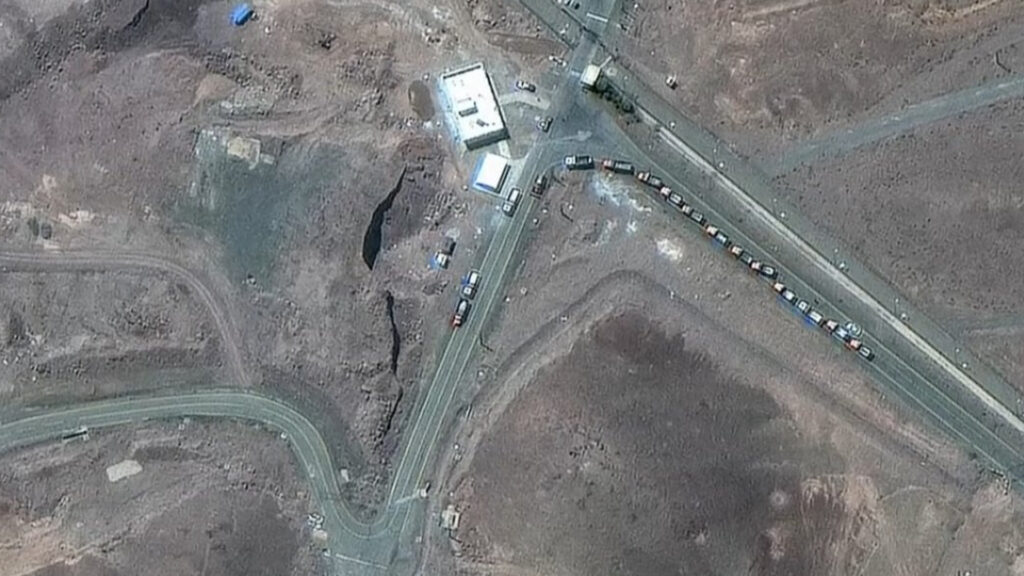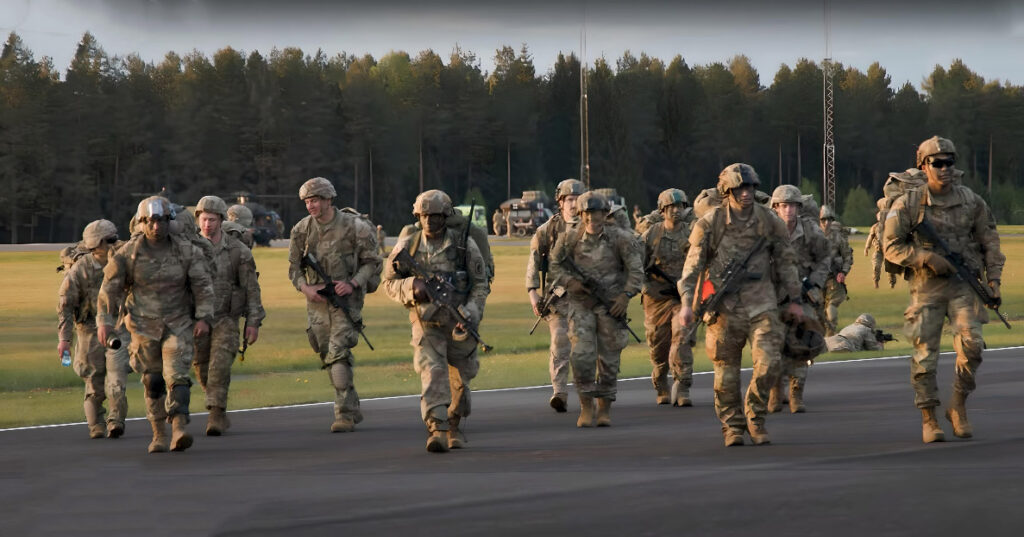On June 27, 2025, the British newspaper The Telegraph published an article shedding light on the events that preceded the large-scale strikes on Iran’s nuclear infrastructure. According to data collected from satellite images and sources in the intelligence community, unusual activity was recorded in the area of the Fordow facility the day before the attack by the US and Israeli air forces: on the night of June 21-22, a convoy of 16 trucks left the facility. According to experts, the vehicles could have been transporting about 408 kilograms of uranium enriched to 60%.
According to several analytical centers, these materials were delivered to a secret underground complex codenamed “Mountain X.” It is located about 145 kilometers south of Fordow, near the city of Natanz in the province of Isfahan. The complex, hidden at a depth of about 100 meters under a rock massif, is considered more secure than previously known nuclear sites, thanks to an extensive network of tunnels and a multi-level security system. Sources claim that this facility has been under construction for the past five years with minimal publicity and under the cover of civilian contractors.
Israel launched an operation codenamed “Am Ke-Lavi” on June 13, striking targets in Natanz, Fordow, and Isfahan. The targets were above-ground buildings, energy infrastructure, and centrifuges. In Natanz, according to the BBC, a production facility where uranium was previously enriched to 60% was completely destroyed. In Isfahan, four key facilities were damaged, including a uranium conversion plant. On June 22, the United States joined the operation, using B-2 Spirit strategic bombers and GBU-57 heavy bunker-buster bombs.
US President Donald Trump made a statement on Truth Social that same day, claiming that Iran’s nuclear program had been “destroyed.” White House press secretary Karen Lewitt called the operation “an unqualified success.” However, Iranian officials claim that most of the strategic uranium reserves were removed in advance and that key technologies and personnel were preserved. Iran’s Supreme Leader Ali Khamenei, speaking in Tehran, called the airstrikes an attempt to “mask the failure to pressure the Islamic Republic” and promised an “inevitable response” in the event of new attacks.
Khamenei’s national security adviser, Ali Shamkhani, emphasized in a statement on social media that Iran “has lost neither its knowledge nor its determination to complete its nuclear program.” According to sources at the IAEA, the organization does not yet have complete information about the extent of the damage and the location of the evacuated materials. Agency head Rafael Grossi confirmed that no radiation contamination had been detected outside the facilities, but inspectors were restricted from accessing some sites, including underground hangars in Isfahan and part of the tunnels in the Fordow area.
Satellite images from Maxar Technologies taken on June 23 and 24 show serious damage in the Natanz and Isfahan areas, as well as traces of recent earthworks and heavy equipment movement near the conditional “Mountain X.” Analysts believe that the evacuation of uranium may indicate long-term plans to preserve the potential of the nuclear program in anticipation of possible bombings.
Despite extremely harsh statements by officials, there are signs of cautious readiness for negotiations. Foreign Minister Abbas Araghchi acknowledged that the attacks caused serious damage to industrial facilities and significantly complicated plans to scale up enrichment. According to him, Tehran does not rule out discussing compensation and measures to prevent further escalation. At the same time, representatives of the Islamic Revolutionary Guard Corps emphasize that Iran “retains full control over critical components of the program” and is ready to resume production at short notice if necessary.
Thus, the operations carried out in June only temporarily slowed down the development of the nuclear infrastructure, but, judging by the latest reports, did not lead to its complete elimination. Looking ahead, observers believe that a new wave of diplomatic bargaining and further rounds of mutual threats, accompanied by demonstrations of military capability, are likely.



